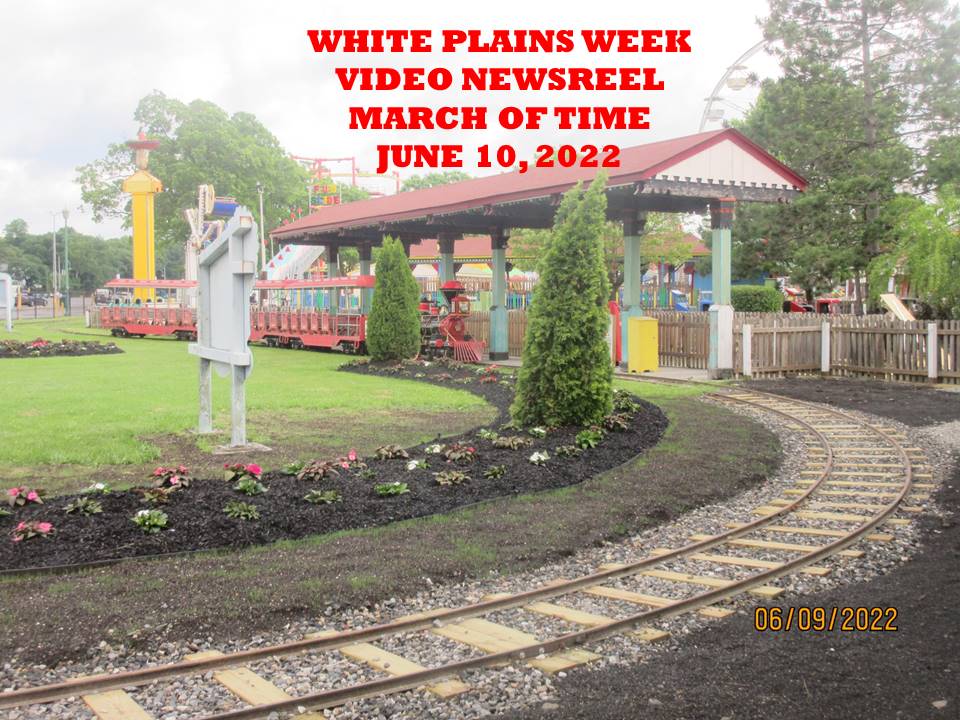Hits: 141
WPCNR THE LETTER TICKER. JULY 8, 2015:
Dear Mayor and Common Council,
We were gratified to see your growing skepticism of FASNY’s mitigation efforts, which seem to us to be insufficient (e.g.. under the legal standard set forth in Cornell for a clearly oversized dream project), ill-conceived (e.g., with closure of an important thoroughfare considered mitigation), illusory (e.g., incorporating a two phase approach when it’s first phase already breaches the boundaries of acceptable), and unreliable (e.g., founded on questionable traffic analysis, criticized by many, including our Board of Education).
We accept Mr. Kirkpatrick’s opinion that our neighborhood must embrace change; however, we question his judgment on the change he considers acceptable. We can think of change in at least two dimensions: slow and incremental or radical. There is no question that the FASNY development would bring radical change to our and other neighborhoods. We note with satisfaction that the White Plains Comprehensive Plan as updated embraces change for our City in many respects. However, the type of change contemplated for our and other residential neighborhoods is change that “preserves” the scale and character of these neighborhoods. This, in our view, means change of the moderate and incremental type (as the rezoning to R1-30 illustrates) not the radical variety. Excerpts from the Comprehensive Plan:
“The preference in the 1997 Plan for modest residential growth in the Close-In and Outer Areas remains appropriate. The 2001 Zoning Ordinance amendments which aligned the zoning to the existing densities of these areas, and thereby reduced overall development potential, are consistent with the 1997 Plan objectives of preserving the character of the neighborhoods in these areas. The 1997 Plan strategies for limiting new housing development in the Close-In and Outer Areas to that which is consistent with the character of the existing neighborhoods is affirmed in this 2006 Update.” (p. I-II-37, 2006 Modifications to 1997 Comprehensive Plan Housing Recommendation.)
“This Plan reflects a vision for the City’s neighborhoods based on preserving the scale and character of these diverse residential areas. Although each neighborhood is unique, the need to maintain a high-quality of residential life at the neighborhood level is the common thread that binds all of the City’s neighborhoods.” (p. II-I-45, Neighborhoods Vision Statement.)
“Like the vision for the Close-In neighborhoods, the vision for the Outer Area neighborhoods focuses on preservation – preservation of neighborhood diversity and sense of community; preservation of the high-quality homes on spacious lots; and preservation of tree-lined streets, public open spaces and substantial portions of open space on quasi-public and private institutional and commercial properties. It also focuses on controlling growth through the reduction in permitted densities on large undeveloped and underdeveloped residential parcels and through the strict regulation of development, ensuring that new housing is compatible with the character of the surrounding area and is developed in a manner sensitive to the open space and environmental features of the individual sites and neighborhoods.” (p. II-I-58, Vision Statement for Outer Area Neighborhoods.)
Accordingly, we think that Mr. Kirkpatrick’s vision of the type of acceptable neighborhood change should be shaped not by his own personal opinion but rather by what our City’s governing documents envision.
Sincerely,
Max & Gail Schwartz
